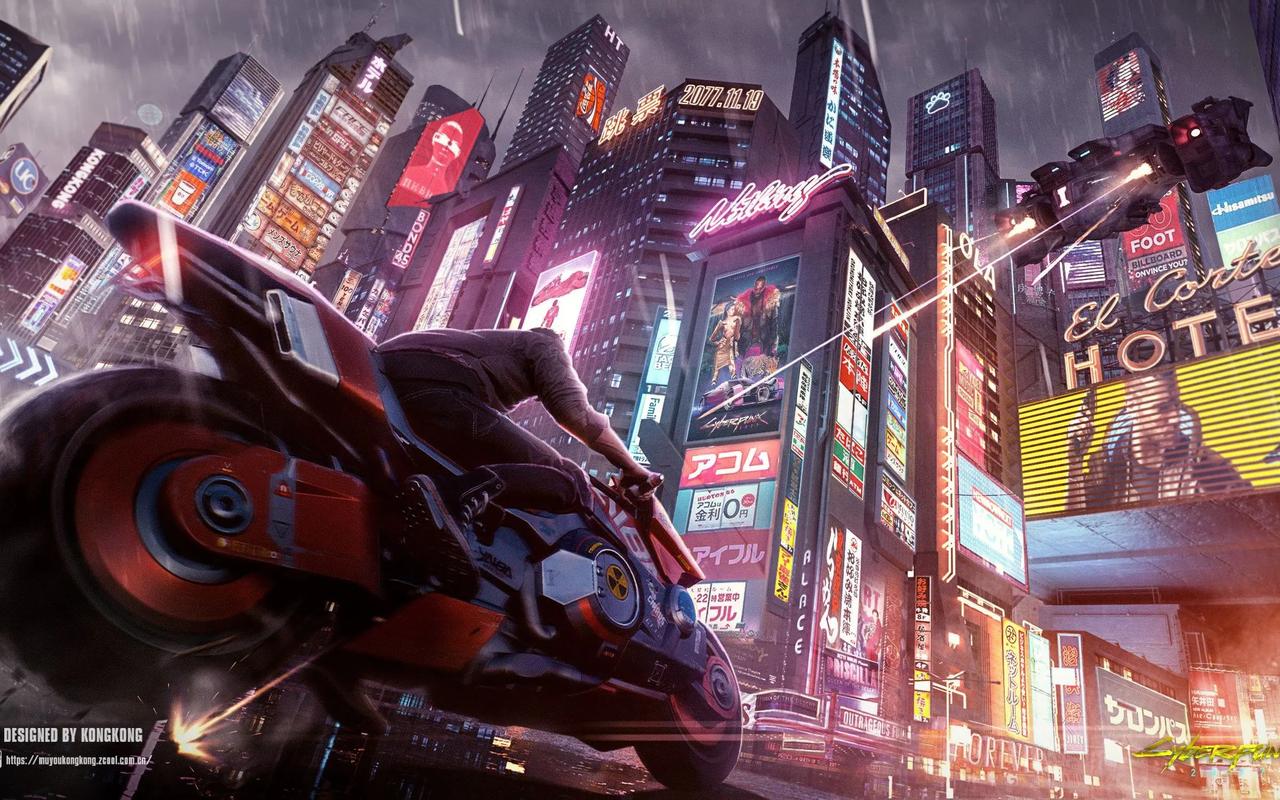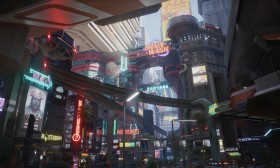Gran Turismo 7: Spec II Score – A Turning Point or a Pit Stop?
When Gran Turismo 7 launched in March 2022, it was met with a paradoxical reception. Critics praised its breathtaking visuals, hyper-realistic driving physics, and the reverent "love letter to car culture" ethos that series creator Kazunori Yamauchi is known for. Yet, a vocal segment of the player base revolted. The core of the controversy lay in its aggressive monetization, a grinding economy that felt specifically tuned to push players toward microtransactions, and a always-online requirement that famously rendered the game unplayable for 36 hours shortly after launch. For many, the soul of Gran Turismo—a series built on the joy of earning and collecting cars—felt commoditized.
The Spec II update, released in November 2023, was positioned not as a mere content drop, but as a significant milestone, almost a relaunch. It promised to address past grievances while injecting substantial new life into the experience. After extensive time with the update, it’s clear that Spec II is a powerful, albeit incomplete, course correction. It doesn't erase all the original sins, but it confidently steers GT7 back onto the racing line, delivering the most compelling and complete package the game has ever been.
The Heart of the Update: Seven New Cars and a Legendary Track
The most immediate and tangible additions are, of course, the seven new cars. This curated selection exemplifies Polyphony Digital's eclectic taste, spanning decades and disciplines. The 2013 Lexus LFA Nürburgring Package remains the crown jewel for many. Its spine-tingling, Yamaha-tuned V10 symphony is reproduced with such auditory fidelity that it alone justifies a high-end audio setup. Driving it is a masterclass in balanced, high-revving exhilaration.
Conversely, the 2023 Chevrolet Corvette Z06 (C8) represents modern American engineering at its most brutal, delivering savage acceleration and tenacious grip. The inclusion of the 2023 Porsche 911 GT3 RS and the 2022 Ferrari Vision Gran Turismo ensures that fans of cutting-edge hyper-performance are well catered to.
But it's the classics that often steal the show. The 1969 Nissan Fairlady Z 432 (S30) is a raw, analog delight, a car that demands finesse and rewards skillful throttle modulation. The 1970 Toyota Celica GT-Four (ST205) and the 1973 Nissan Skyline Hardtop 2000GT-R (KPGC110) offer a nostalgic trip to the golden age of Japanese motorsport. Each model is a digital museum piece, painstakingly recreated inside and out.

The true star of Spec II, however, is the return of Grand Valley. The Grand Valley Highway 1 circuit is more than just a track; it's a piece of PlayStation history, evoking deep nostalgia from anyone who played the original Gran Turismo. Its reimagining is nothing short of spectacular. The coastal road's sweeping curves and dramatic elevation changes are now framed by lush, dense foliage, a glistening waterfront, and a stunning time-of-day cycle that makes every lap visually unique. It’s a masterful blend of heritage and modern technical artistry, instantly becoming a fan-favorite for both hot laps and photography.
Beyond Content: Quality-of-Life and a Revamped Endgame
While new cars and a track are expected, Spec II’s most impactful changes are systemic. Polyphony directly addressed the endgame economy, a primary source of player frustration. The new "Weekly Challenges" are a game-changer. This system provides a set of four rotating tasks (e.g., complete a lap at a specific track, win a race with a Japanese FF car, etc.), culminating in a final rewarding event. Completing the entire set grants a huge credit bonus and a 6-star roulette ticket. This provides a structured, engaging, and highly lucrative reason to log in every week, dramatically reducing the aimless grind that plagued the post-campaign experience.
Other quality-of-life improvements are subtle but significant. The ability to sell cars was finally added at launch, but its integration feels more prominent now. The UI, while still complex, has seen minor tweaks to improve navigation. The addition of 50 new "Extra Menus" for Brand Central and the Hagerty Collection gives collectors with deep garages new goals to chase, further enriching the late-game pursuit.
The Lingering Shadows
For all its triumphs, Spec II is not a total redemption. The core economy, while improved, still rests on a shaky foundation. The prices of legendary cars—the 20-million-credit Ferraris and McLarens—remain astronomically high, ensuring that without dedicated farming or real-money purchases, ownership is a distant dream for casual players. The roulette ticket system, despite the new 6-star variants, still feels manipulative, often doling out the smallest possible reward with frustrating consistency.
Furthermore, the AI of Sophy, the groundbreaking AI driver unveiled in a previous update, is still confined to a limited number of time trial and quick race events. Its full integration into the Career Mode or Sport Mode remains a highly anticipated future prospect, not a present reality of Spec II.
The Verdict
Gran Turismo 7: Spec II is not a new game, but it is the game that GT7 should have been at launch. It is a massive, substantive update that demonstrates Polyphony Digital is listening. By delivering a perfect storm of highly desirable content (especially the sublime Grand Valley) and crucially fixing the broken feedback loop of rewards with the Weekly Challenges, Spec II has reinvigorated the experience.
It earns a high score not for perfection, but for profound improvement and a renewed commitment to its players. The grind hasn't vanished, but it now has purpose. The soul of Gran Turismo—that intoxicating blend of automotive passion, mechanical perfectionism, and the thrill of the drive—is now beating stronger than ever. For lapsed players, it is the perfect reason to return. For newcomers, it is the definitive way to experience one of the most technically accomplished racing simulators ever created. Spec II is the victory lap GT7 has been working toward for the past year and a half.
















